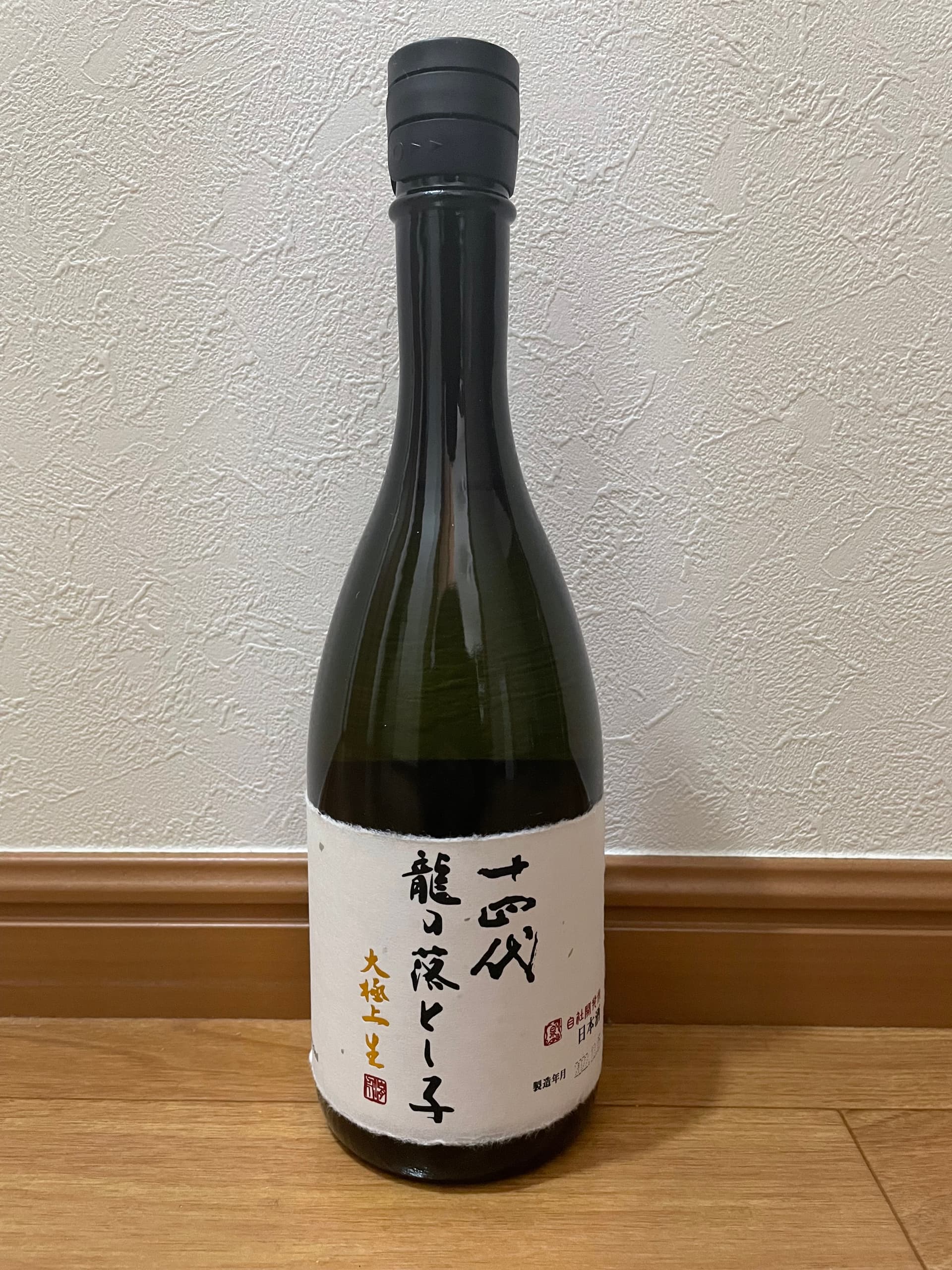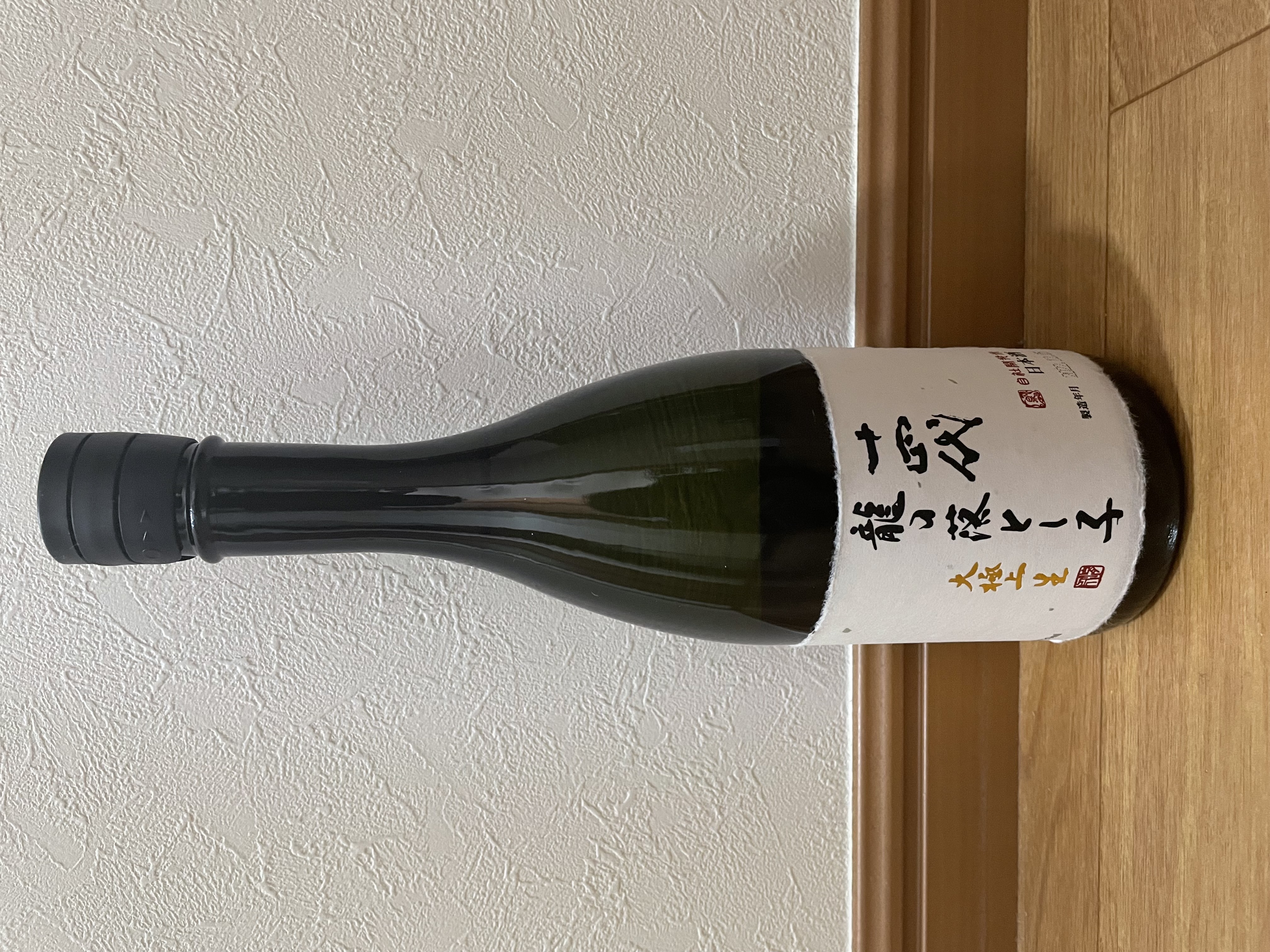
Omotenashi and Sake Culture: Hospitality in Every Cup

Introduction
Sake is more than a drink in Japan.
It has long served as a symbol of omotenashi—
a way to connect people, show respect, and create bonds.
From weddings and festivals to ryokan dinners and tourism,
sake continues to embody the essence of Japanese hospitality.
1. History of Sake and Hospitality
In Shinto rituals, sake known as omiki was offered to the gods,
then shared among people to strengthen community ties.
Later, in samurai and noble gatherings,
exchanging cups became a ritual of courtesy, respect, and trust.
- To pour for someone = to honor them
- To drink together = to share bonds
Sake thus evolved as a vessel of hospitality itself.
2. Sake in Ryokan Hospitality
At traditional ryokan,
guests are often welcomed with local sake during dinner.
The choice of sake reflects regional pride—
Yamagata offers “Juyondai” and “Dewazakura,”
while Niigata is famous for crisp, dry labels like “Kubota” and “Hakkaisan.”
Hospitality is also found in the vessels:
- Ceramic cups for warmth
- Glass cups for chilled sake
- Seasonal lacquerware for celebrations
Even the choice of cup reflects omotenashi.
3. Manners and Etiquette
Sake comes with etiquette rooted in respect.
Key manners:
- Never pour for yourself
- Hold the cup with both hands when receiving
- Wait for everyone before drinking
- “Kanpai” (cheers) is shared together
These customs may surprise visitors at first.
One guest once asked, “Why can’t I pour my own drink?”
The staff explained, “It’s our way of caring for each other.”
The guest smiled: “So it’s kindness in every sip!”
4. Festivals and Ceremonies
Sake also plays a role in cultural events:
- New Year’s otoso
- Cherry blossom viewing sake
- Autumn festivals with shared cups
Foreign visitors especially enjoy the kagami-biraki barrel-breaking ceremony,
which symbolizes sharing happiness together.
5. Modern Omotenashi with Sake
Today, sake culture is evolving for international visitors.
- Tasting flights for beginners
- English-guided brewery tours
- Food pairings with Japanese cuisine
Globally, “SAKE” has become a luxury symbol,
appearing in Michelin restaurants and international airport lounges.
Through sake, omotenashi now extends worldwide.
6. A Lighthearted Story
At one ryokan, a guest asked,
“Give me the strongest sake you have!”
The hostess served a junmai ginjo at 16%.
The guest laughed:
“This is strong? I expected vodka level!”
The hostess replied warmly,
“Sake is about the heart, not just the strength.”
The moment left everyone smiling.
Conclusion
Sake is not simply a beverage—
it is a medium of connection, respect, and hospitality.
From history to etiquette, from vessels to festivals,
sake reflects the heart of omotenashi.
It will continue to shine,
bringing people together across cultures,
one cup at a time.